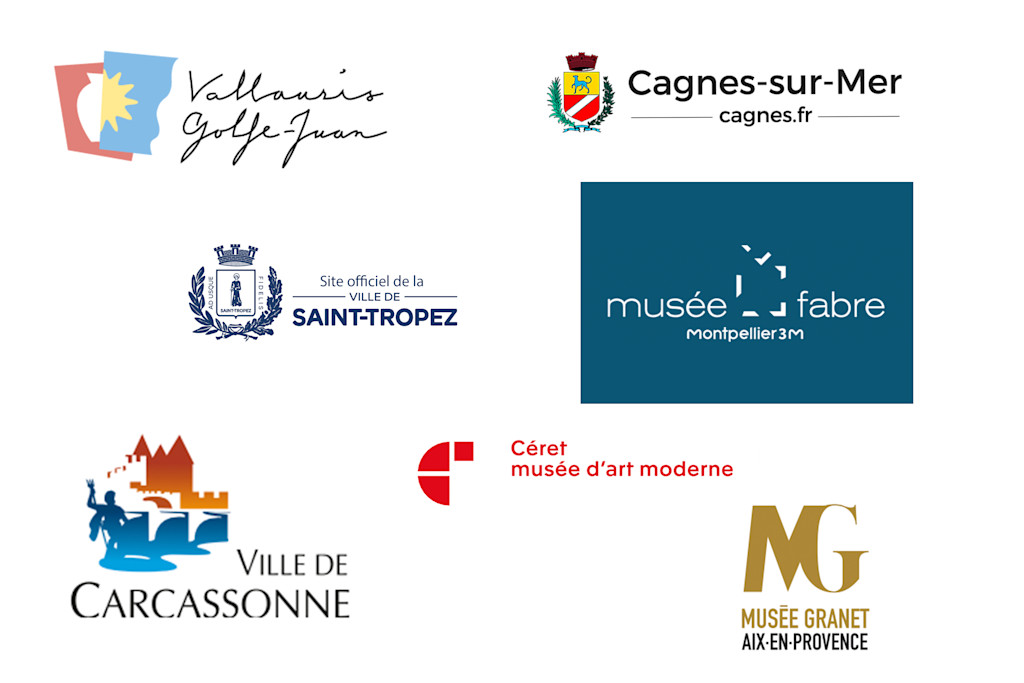
15 August 2024 | Holidays, Culture
7 must visit museums in the South of France
Popular museums in the South of France showcase a rich tapestry of art and culture, reflecting the region's historical significance and artistic heritage.
Here are some notable museums worth visiting:
Musée Fabre in Montpellier
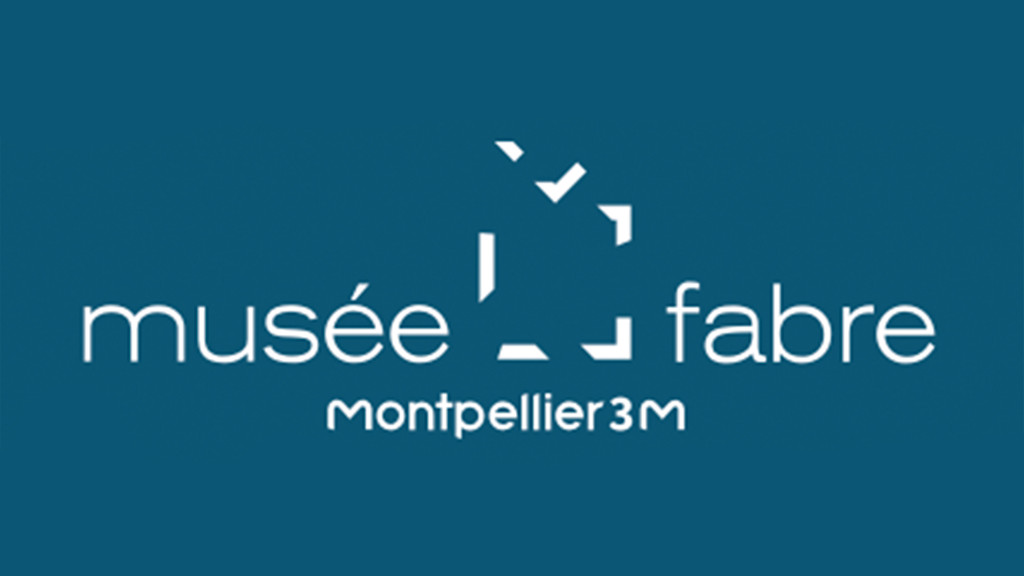
Musée Fabre is a prominent art museum renowned for its extensive collection of paintings and sculptures spanning from the 15th to the 19th centuries. Established in 1825 by the painter François-Xavier Fabre, the museum has become one of the most significant public art collections in France, featuring works by notable artists such as Nicolas Poussin, Jacques-Louis David and Gustave Courbet.
Artworks: The museum houses a diverse range of artworks, including European paintings and ceramics. It is particularly recognized for its collection of 19th-century French art and modern pieces, including works donated by Pierre Soulages.
Architecture: Following a major renovation from 2004 to 2007, Musée Fabre now spans over 9,200 square meters, blending historical and contemporary architectural elements. The design enhances the visitor experience, allowing for a seamless flow through its various exhibition spaces.
Visitor Experience: The museum offers a variety of programs, including guided tours, workshops and family-friendly activities. Facilities such as a documentation center, auditorium and a museum shop are available to enhance the visitor experience.
Musée Granet
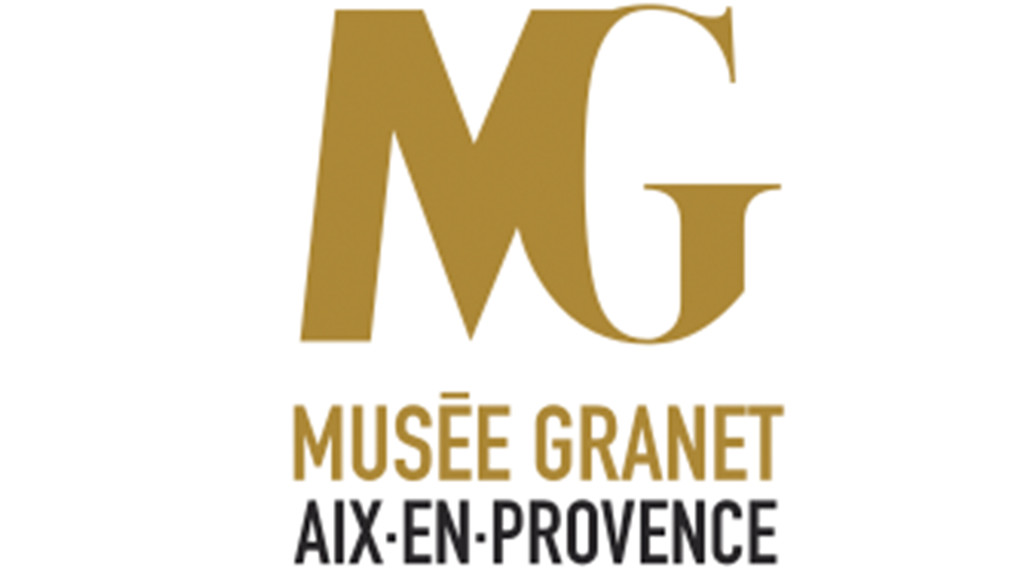
Musée Granet, located in Aix-en-Provence, is a prestigious museum of fine arts, archaeology and decorative arts. Established in 1838, it showcases a diverse collection of nearly 750 works ranging from antiquity to the 21st century including pieces by Cézanne.
Historical Significance: The museum is housed in the former Priory of Saint-Jean-de-Malte, with its origins tracing back to 1828. It has undergone several expansions and renovations, the most recent being from 1990 to 2005, which enhanced its exhibition space to approximately 4,500m².
Collections: The museum's collection includes significant works from various periods, with a strong emphasis on 19th-century French art. Notable artists represented include Paul Cézanne, Picasso, Renoir and Monet. The museum also features a remarkable collection of Egyptian antiquities, reflecting the interests of local scholars from the 19th century.
Special Exhibitions: Current exhibitions include a focus on Neapolitan paintings from the 17th century and a selection of works by artist Roger Bissière, showcasing a range of his previously unseen pieces.
Granet XXe Collection: Since 2011, the museum has housed the Jean Planque collection, which includes around 300 works from impressionist and post-impressionist masters, enhancing its modern art offerings.
Musée des Beaux-Arts de Carcassonne

Musée des Beaux-Arts de Carcassonne is an art museum located in the bastide of Saint-Louis in Carcassonne, France. Established in 1836, it is housed in a former presbytery, offering a rich collection of Western paintings and decorative arts. This museum offers a diverse collection of fine arts, including paintings and sculptures.
Collections: The museum's collection spans from the 17th to the 21st centuries, featuring works by notable artists such as Chardin, Rigaud, Van Goyen, Teniers, Corot and Courbet. It also includes contemporary pieces and a significant collection of faïences (ceramics) from regions like Moustiers and Marseille.
Exhibition Spaces: The museum comprises ten rooms dedicated to permanent collections, showcasing different artistic periods and styles, including French, Italian and Spanish schools.
Historical Context: The museum was founded by local art enthusiasts and has grown through donations and acquisitions, including contributions from the Louvre. The building itself has undergone restorations, with the current façade completed in 1900.
Musée Réattu
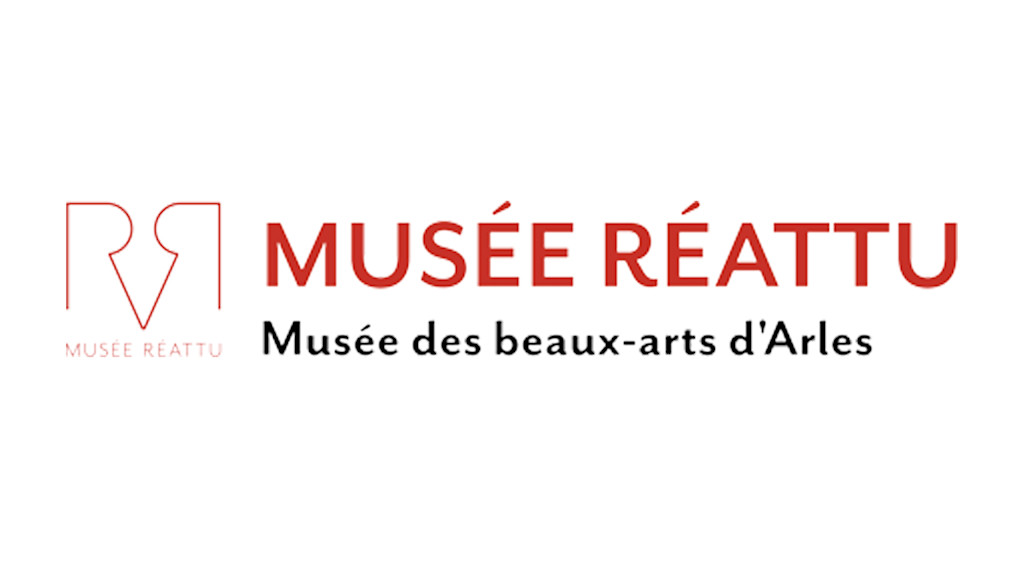
In Arles, Musée Réattu, located in Arles, France, is a distinguished museum dedicated to the worksof the painter Jacques Réattu, as well as a collection of photography and contemporaryart. Established in 1868, the museum is housed in the former Grand Priory of the Knights of Malta, which adds historical significance to its artistic offerings.
Collections: The museum primarily showcases a substantial portion of Jacques Réattu's work, including his renowned painting Atelier de couture à Arles. It also features a notable collection of drawings by Pablo Picasso, along with works by other contemporary artists. The museum's photography collection includes over 6,000 works, reflecting a strong emphasis on this medium since the 1960s.
Architecture: The building itself is a historical monument, classified since 1958. Its architecture provides a unique backdrop for the art displayed within, with several levels that can present challenges for visitors with mobility issues.
Exhibitions: The museum hosts various temporary exhibitions and thematic displays, including recent shows focusing on contemporary artists and art forms, such as sound art. Upcoming exhibitions include works by Alfred Latour and Jean-Claude Gautrand, showcasing a dialogue between different artistic disciplines.
Musée d'Art Moderne de Céret
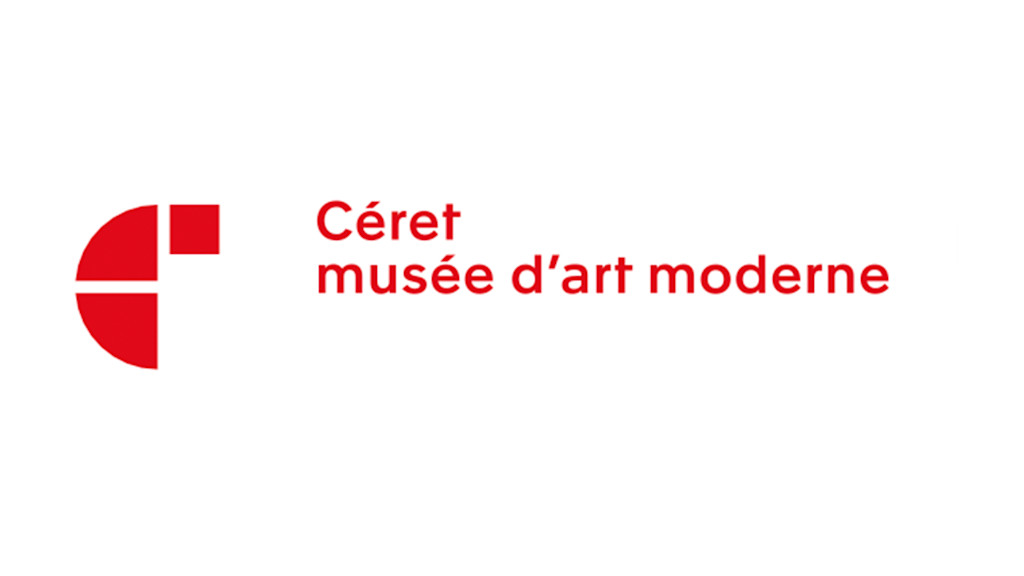
Musée d'Art Moderne de Céret, located in Céret, France, is a prominent institution dedicated to modern and contemporary art. Established in 1950, the museum has becomea significant cultural landmark, particularly known for its association with the Cubist movement and the many artists who frequented the region.
Historical Context: Céret is often referred to as "the Mecca of Cubism," having hosted renowned artists like Pablo Picasso, Georges Braque and Juan Gris during the early 20th century. The museum reflects this rich artistic heritage.
Collections: The museum houses a diverse collection of over 2,700 works, with around 300 on display at any given time. It features pieces by notable artists such as Marc Chagall, Joan Miró and Antoni Tàpies, showcasing the evolution of modern art.
Architecture: The museum's building, designed by architect Jaume Freixa, was expanded in 2022 with a new contemporary wing by Pierre-Louis Faloci. This modern architecture enhances the exhibition space and provides ample natural light, creating an inviting atmosphere for visitors.
Exhibitions: The museum regularly hosts temporary exhibitions, including the current showcase titled "Max Jacob: The Fantastical Cubism," running until December 1, 2024. These exhibitions often highlight both historical and contemporary themes.
Musée Picasso

Musée Picasso, located in Vallauris, France, is dedicated to the works of Pablo Picasso, particularly his monumental paintings La Guerre and La Paix . Established in 1959, the museum is housed in the former chapel of a 12th-century priory, which adds a unique historical context to the artworks.
Main Works: The museum is primarily known for Picasso's large-scale paintings La Guerre and La Paix, created in 1952. These works reflect his response to the post-war era and are installed in the chapel, emphasizing their thematic significance related to peace and conflict.
Historical Significance: Picasso lived in Vallauris from 1948 to 1955, during which he produced a vast array of works, including ceramics. The museum showcases not only his paintings but also his contributions to ceramic art, highlighting his innovative techniques.
Architecture: The chapel's austere design enhances the viewing experience, allowing visitors to appreciate the interplay of light and shadow on Picasso's works. The artist envisioned a setting where visitors could explore the paintings with candlelight, creating a contemplative atmosphere.
Musée Renoir
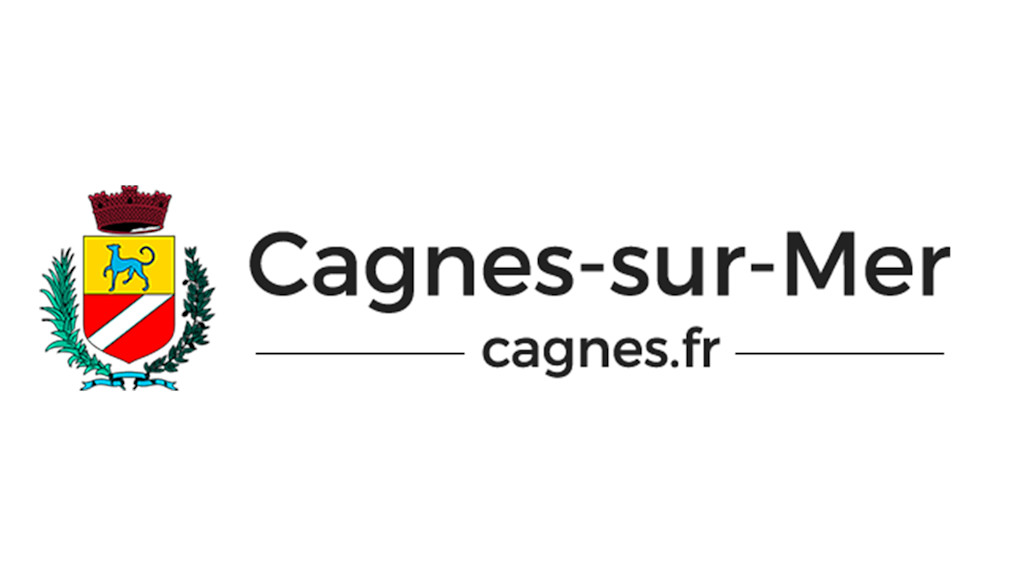
Musée Renoir, located in Cagnes-sur-Mer, France, is dedicated to the life and work of the Impressionist painter Pierre-Auguste Renoir. Established in 1966, the museum is situated in the Domaine des Collettes where Renoir spent the last years of his life.
Historical Significance: Renoir moved to Cagnes-sur-Mer in 1907, drawn by the region's beauty. He lived and worked in the villa until his death in 1919, creating numerous paintings and sculptures during this period.
Collections: The museum features 14 original paintings, sculptures and personal items belonging to Renoir. It also includes works by his sons and other artists, providing insight into his creative environment.
Architecture and Grounds: The museum is set in a picturesque park with olive and citrus trees, maintaining the serene atmosphere that inspired Renoir. The villa itself is a neo-Provençal style house, which adds to the charm of the visit.
These museums not only highlight the vibrant artistic legacy of the region but also provide visitors with a glimpse into the lives and works of some of the most influential artists in history showcasing a range of styles from classical to contemporary art.